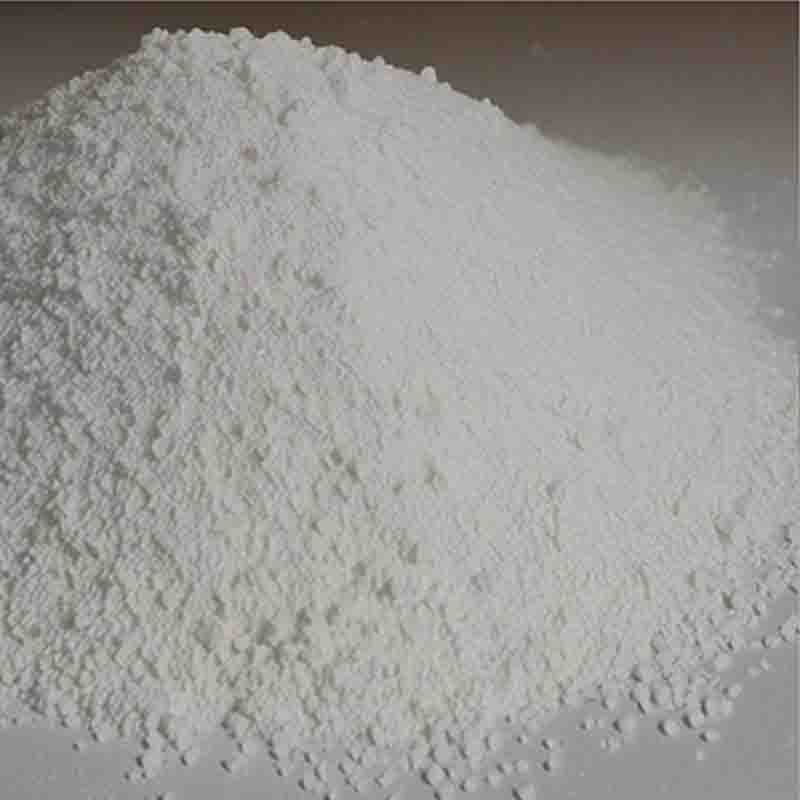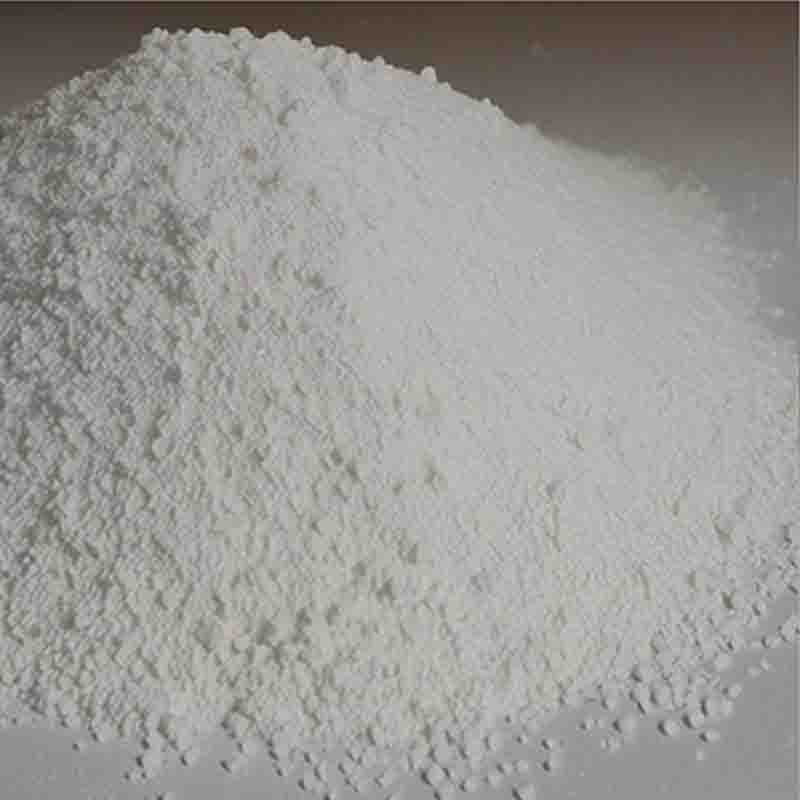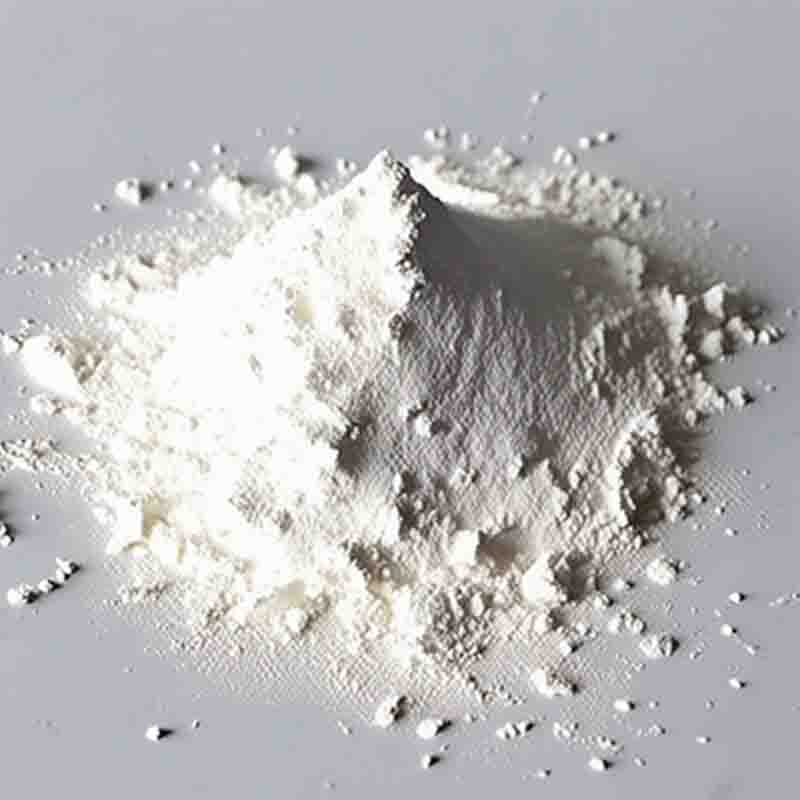2-Bromobutyricacidmethylester CAS:3196-15-4
| Catalog Number | XD95541 |
| Product Name | 2-Bromobutyricacidmethylester |
| CAS | 3196-15-4 |
| Molecular Formula | C5H9BrO2 |
| Molecular Weight | 181.03 |
| Storage Details | Ambient |
Product Specification
| Appearance | White powder |
| Assay | 99% min |
The chemical compound 2-Bromobutyric acid methyl ester, also known as methyl 2-bromobutyrate, is a colorless liquid with a pungent odor. It is commonly used in organic synthesis as a reagent for the preparation of various compounds. However, it is important to handle this compound with caution due to its potential health hazards.
One of the primary uses of 2-Bromobutyric acid methyl ester is in the synthesis of pharmaceuticals and agrochemicals. It is used as a building block in the production of various drugs and pesticides. Additionally, it is utilized in the preparation of fragrances and flavors due to its unique chemical properties.
However, the compound also poses certain health risks. Exposure to 2-Bromobutyric acid methyl ester can cause irritation to the skin, eyes, and respiratory system. Inhaling its vapors can lead to coughing, shortness of breath, and chest pain. Prolonged or repeated exposure may result in more severe health effects, including damage to the lungs and respiratory system.
Furthermore, 2-Bromobutyric acid methyl ester is considered harmful if swallowed or absorbed through the skin. Ingestion or skin contact with the compound can cause nausea, vomiting, abdominal pain, and other gastrointestinal issues. In severe cases, it can lead to chemical burns and tissue damage.
To minimize the health risks associated with 2-Bromobutyric acid methyl ester, proper safety precautions should be taken when handling the compound. This includes wearing appropriate personal protective equipment such as gloves, goggles, and a lab coat. It is also important to work with the compound in a well-ventilated area to prevent the buildup of vapors.
In conclusion, 2-Bromobutyric acid methyl ester is a versatile compound used in organic synthesis, particularly in the production of pharmaceuticals, agrochemicals, fragrances, and flavors. However, its potential health hazards require careful handling and adherence to safety protocols to minimize the risk of exposure and associated health effects.









